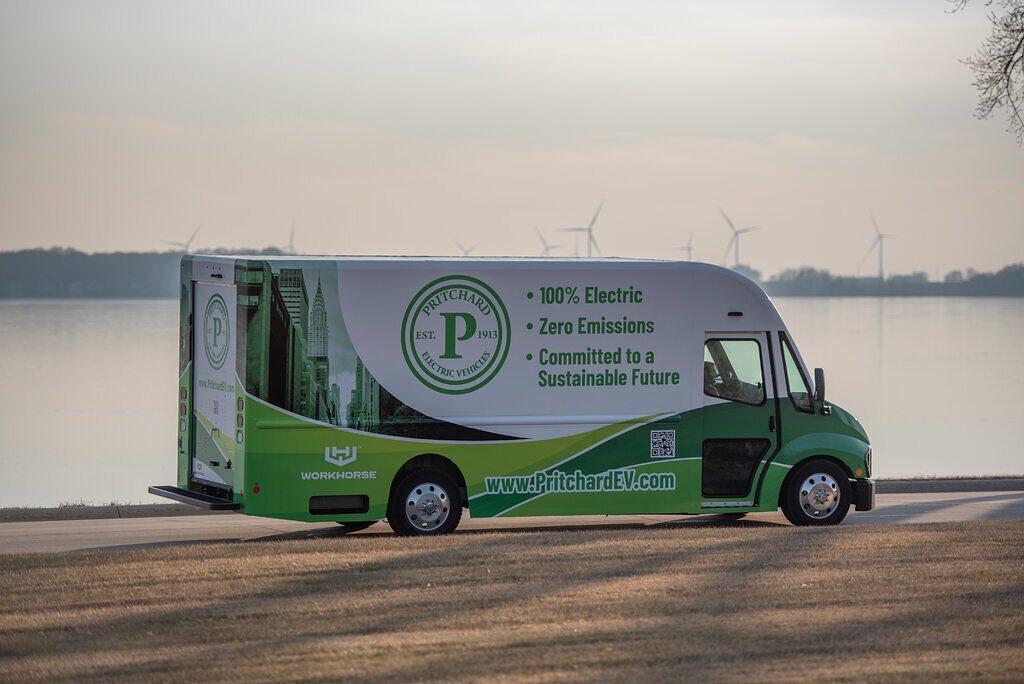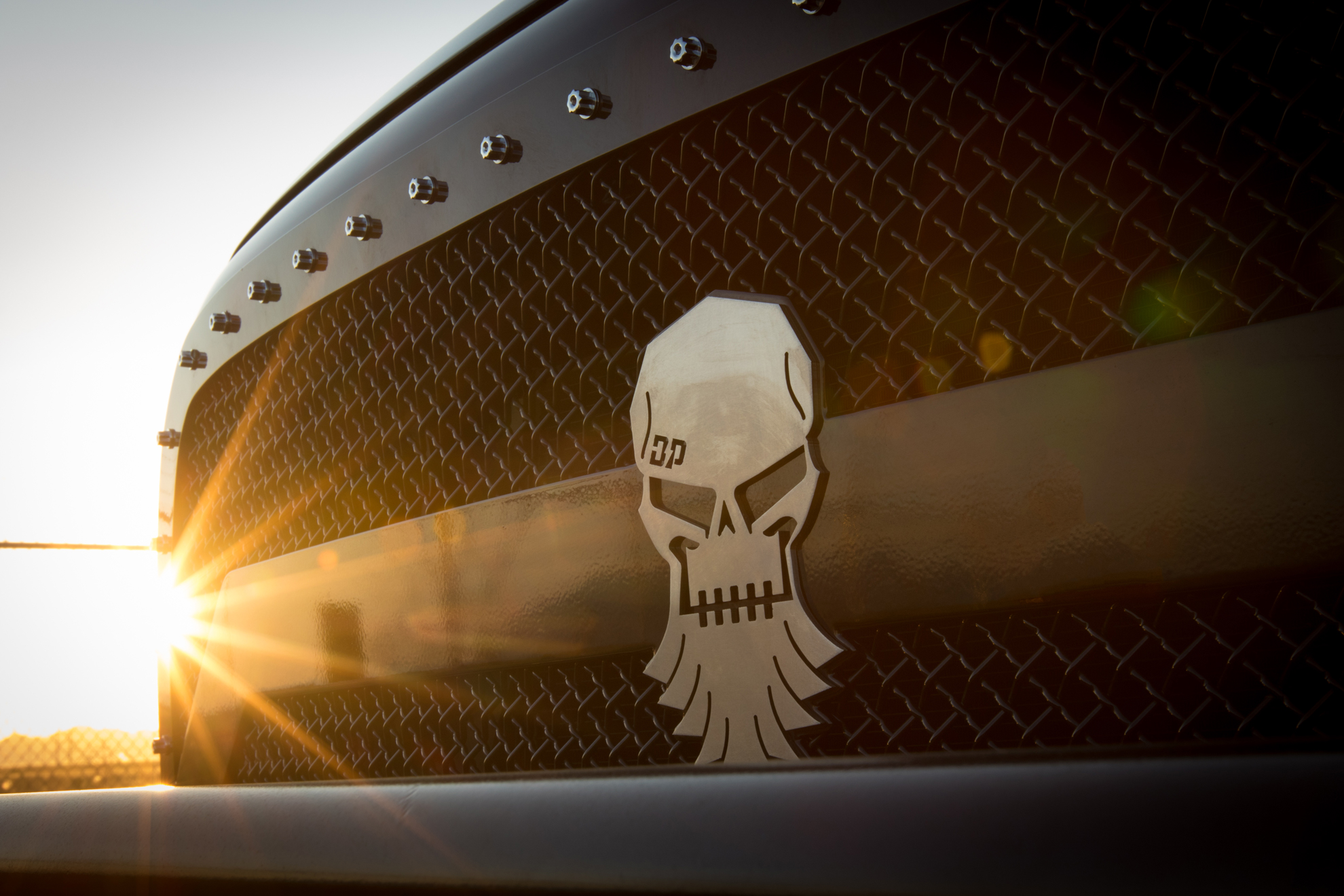

I’m sure if these were high-strung animals they might pose some difficulties for their handlers. This makes sense, as this type of horse was bred to be used for farm chores and had to be around with and around people. The workhorse is on the low-end of the equine temperament scale. If they were high-strung it would be difficult if not impossible to work with. These large animals were part of the family and had to be easy to tack up for work.

Most workhorses are on the low end of the equine temperament scale, which makes sense. The lower the number, the more serene and calm they are with no signs of anger or stress in their behavior patterns whereas higher numbers mean that there will always seem like something wrong is going on behind those big eyes. He was appropriately re-christened Mammoth after breaking the world record! TemperamentĪ horse’s temperament can be measured on a scale from 1 to 10. He measured 21.2 ½ hh and weighed a whopping 3359 lb. (64 to 76 inches).įun Fact: The largest horse was a Shire gelding named Samson, bred by Thomas Cleaver in Bedfordshire, U.K.

Typically workhorse breeds weigh between 14 lb., and their height is between 16 and 19 hh. Moreover, this type of profile also improves aerobic capacity. The convex muzzle warms up the air as it is inhaled, enabling the horse to work more comfortably in cold conditions. However, in workhorses, the Roman profile is the desired trait. Most breeders of non-working types of horses prefer a flat or concave shape. Īnother notable characteristic feature of workhorse breeds is their convex or Roman profile – concerning the nose and muzzle. The feathering channels the water away from their pastern and heels when working under wet conditions. Many breeds have characteristic feathering on the lower part of their legs. Workhorses also have strong legs, broader upper bodies, and short backs. You can easily recognize a workhorse breed by its size: they are very tall and muscular and have strong shoulders that enable them to pull heavy loads. They are strictly reserved for laborious tasks and have the characteristics needed for hard work. The Merriam-Webster dictionary defines workhorses (or workhorses) as horses other than those used for racing, pleasure riding, or driving. Apart from being large, strong, and powerful, some workhorse breeds are also beautiful. Humankind has always relied upon powerful horses to get work done on farms, ranches, and industries. Shire Horse Characteristics of Work Horses I also provide a brief overview of what makes them such incredible animals and how you can use them for many different activities. In this article, I cover different breeds of workhorses and their characteristics. There are many types of workhorses, but the ones that come to mind most often are large draft breeds, like Clydesdales and Belgians. Some common breeds are Clydesdale, Suffolk, Shires, Percheron, Haflingers, and Belgians. Before trucks and tractors, these animals were vital to transport goods, plow fields or pull carts. In general, a workhorse is any horse that works with humans- whether it’s pulling carts or plows or just carrying things around. One thing that captured my grandson’s curiosity was what characteristics make up a ‘workhorse.’ It’s interesting to see the different breeds participate in traditional farming contests, like pulling logs and plows. One of my favorite things about going to the annual Old Farmers Day festival near our home is watching the workhorse competitions. Thanks in advance – I really appreciate it! Any links on this page that lead to products on Amazon are affiliate links and I earn a commission if you make a purchase.


 0 kommentar(er)
0 kommentar(er)
